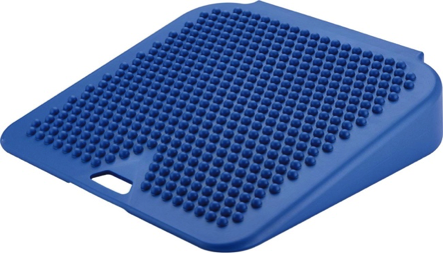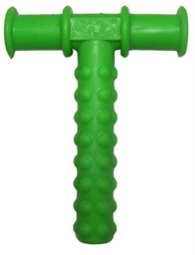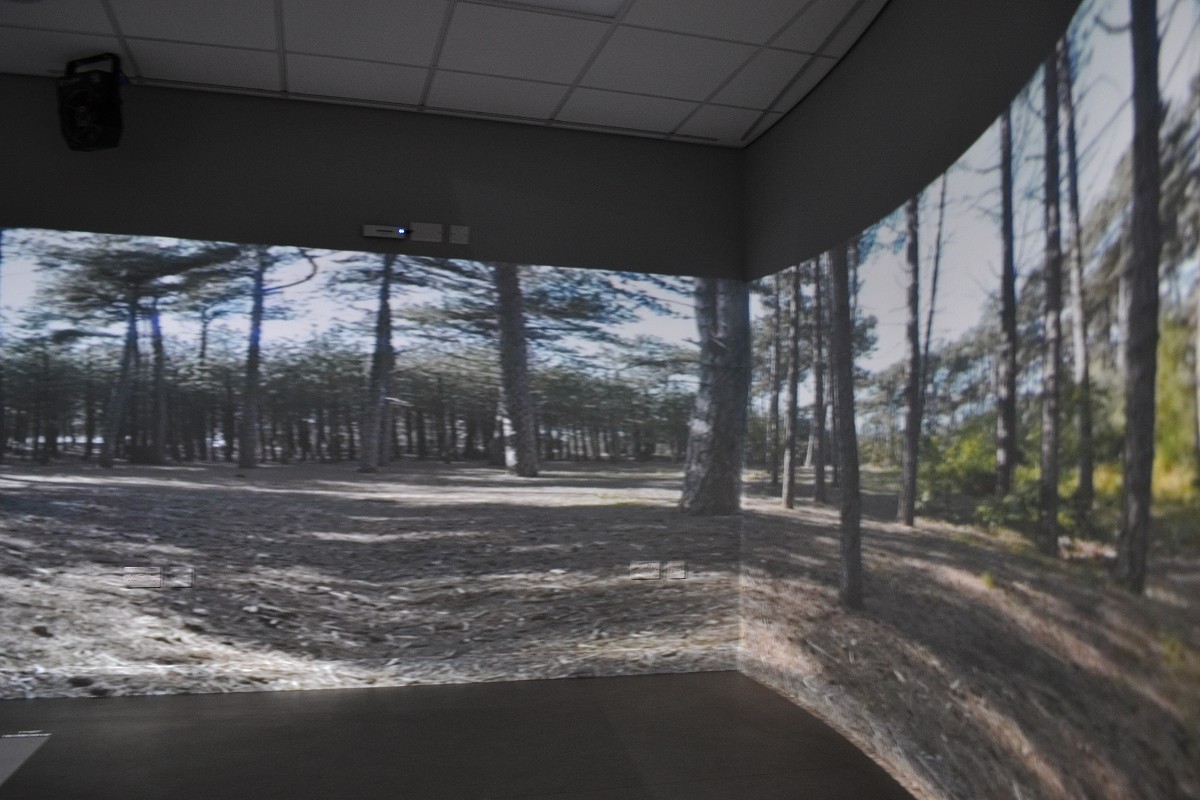Sensory Needs
Here at the School for Autism @ Newfield we try to understand each of our learners sensory differences and strive to help them find ways that they can play and learn to the best of their ability.
It is common for people on the autism spectrum to experience difficulty in processing sensory information.
At the School for Autism @ Newfield the environment is designed to reduce sensory input that our learners may find unpleasant or distracting. We also make sure our staff have training to understand the impact sensory differences may have on learners with autism.
Learners with autism may respond to sights, sounds, smells, tastes and textures in unusual ways.
Some people find certain noises or tastes very unpleasant and take measures to avoid them, like covering their ears or only eating a limited range of foods.
Other learners may seek out various sensory sensations because they find them pleasurable for example, making a lot of noise or eating inedible items because they have a very crunchy texture!
This video shows how sensory experience may feel to someone with autism:
Autism and sensory sensitivity
Most people are very familiar with the five senses:
- Sight
- Smell
- Hearing
- Taste
- Touch
We also consider if learners have sensory needs in relation to their vestibular or proprioceptive senses.
Vestibular – the sense related to processing movement and balance Proprioception – the sense related to processing the sense of self in space, it is how the brain understands the position of the body in relation to itself, it’s surroundings and other objects.
All of the learners at the School for Autism @ Newfield have a sensory assessment to help gain a full picture of how their sensory needs affects them. It is then possible to create a specific routine within their timetable to address the sensory needs.
Some of the strategies that may be used include the use of chewy tubes for those seeking oral-motor sensation or move and sit cushions for vestibular seeking learners.


Sometimes learners benefit from accessing our specialist equipment to gain the sensory input beneficial to them.
We have an immersive sensory studio which enables learners to experience sights, sounds and even smells associated with different places, for example, a forest.

By assessing and addressing the sensory needs of pupils at Newfield School we are aiming:
- To recognise that sensory needs exist in pupils via a process of observation and assessment
- To reduce the impact sensory need driven behaviour if it is detrimental to the learner
- To enhance attention and concentration of pupils through providing structured opportunities to access sensory need and low distraction environments where needed.
- To reduce barriers to learning which are created by pervasive sensory needs
- To provide enhanced opportunities for communication and interaction
- To increase emotional well being of pupils
- To be part of a whole school approach to health and fitness.
Although each learners individual sensory profile is assessed and supported Newfield School does not offer Sensory Integration Therapy. Sensory Integration Therapy (SIT) can only be offered by a therapist who has undertaken post graduate training in sensory integration therapy.
Newfield School works with a sensory integration trained therapist on a consultancy basis to identify and advise on strategies to address pupils’ sensory.